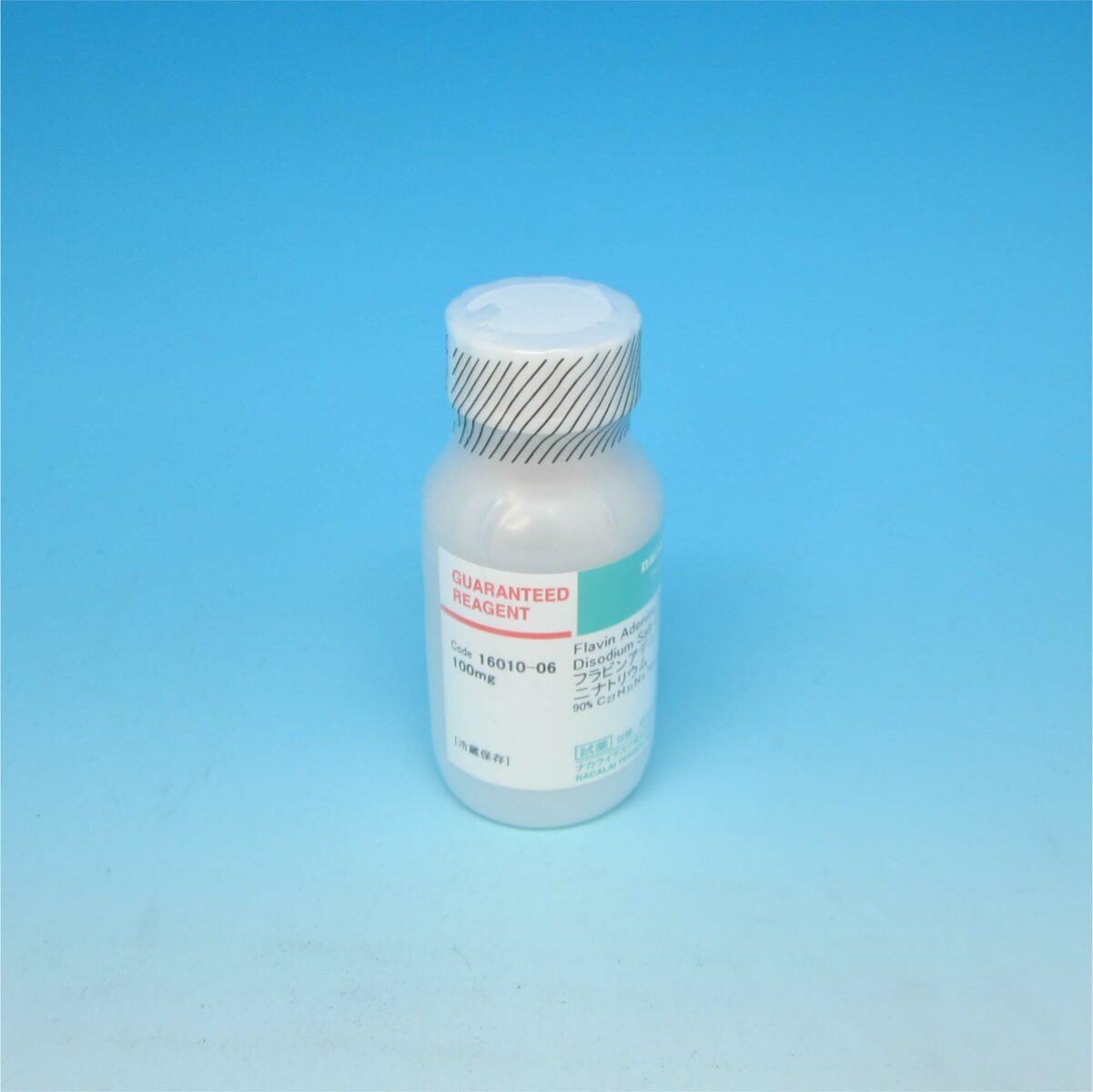
FADH2 is a crucial molecule in cellular respiration, playing a pivotal role in energy production. But what exactly makes it so important? FADH2 is a high-energy electron carrier that shuttles electrons to the electron transport chain, helping generate ATP, the cell's energy currency. This molecule is produced during the Krebs cycle, a key part of cellular respiration. Without FADH2, cells would struggle to produce enough energy to sustain life. Understanding its function can shed light on how our bodies convert food into usable energy. Ready to dive into the fascinating world of FADH2? Let's explore 16 intriguing facts about this essential molecule!
Key Takeaways:
- FADH2 is a vital molecule in cellular respiration, helping cells generate energy. It's derived from vitamin B2 and plays a crucial role in various biochemical pathways.
- Deficiency in riboflavin can affect FADH2 levels, impacting energy production and overall health. FADH2 also helps protect cells from damage and is essential for the survival of aerobic organisms.
What is FADH2?
FADH2 is a crucial molecule in cellular respiration. It plays a significant role in the production of energy within cells. Let's explore some fascinating facts about this molecule.
-
FADH2 stands for Flavin Adenine Dinucleotide (reduced form). It is a redox cofactor involved in several important biochemical reactions.
-
It is derived from riboflavin (vitamin B2). Riboflavin is essential for the body's energy production and cellular function.
-
FADH2 is produced during the Krebs cycle. Also known as the citric acid cycle, this process occurs in the mitochondria of cells.
Role in Cellular Respiration
FADH2 is vital in the process of cellular respiration, where cells generate energy. Here are some key points about its role.
-
It donates electrons to the electron transport chain. This chain is a series of protein complexes located in the inner mitochondrial membrane.
-
Each FADH2 molecule generates approximately 1.5 ATP molecules. ATP, or adenosine triphosphate, is the primary energy currency of the cell.
-
FADH2 is less efficient than NADH in ATP production. NADH, another electron carrier, generates about 2.5 ATP molecules per molecule.
Biochemical Pathways Involving FADH2
FADH2 is involved in various biochemical pathways beyond cellular respiration. Let's delve into some of these pathways.
-
It plays a role in fatty acid oxidation. This process breaks down fatty acids to produce acetyl-CoA, which enters the Krebs cycle.
-
FADH2 is involved in the metabolism of amino acids. Specifically, it helps in the breakdown of certain amino acids like tryptophan.
-
It participates in the synthesis of steroids. Steroids are vital components of cell membranes and signaling molecules.
Importance in Health and Disease
FADH2's role extends to health and disease, impacting various physiological processes. Here are some important facts.
-
Deficiency in riboflavin can affect FADH2 levels. This can lead to energy production issues and various health problems.
-
FADH2 is involved in the body's response to oxidative stress. It helps neutralize free radicals, protecting cells from damage.
-
Mutations affecting FADH2-related enzymes can cause metabolic disorders. These disorders can lead to symptoms like muscle weakness and fatigue.
Interesting Facts about FADH2
Beyond its scientific significance, FADH2 has some intriguing aspects worth noting.
-
FADH2 has a bright yellow color. This is due to its riboflavin component, which is naturally yellow.
-
It was first discovered in the 1930s. Scientists identified it while studying the role of vitamins in cellular metabolism.
-
FADH2 is used in biotechnological applications. It is utilized in various assays and research studies to understand cellular processes.
-
FADH2 is essential for the survival of aerobic organisms. Without it, cells would struggle to produce the energy needed for life.
Final Thoughts on FADH2
FADH2, a crucial molecule in cellular respiration, plays a vital role in energy production. It carries electrons to the electron transport chain, helping generate ATP, the cell's energy currency. Without FADH2, cells would struggle to produce the energy needed for various functions.
Understanding FADH2's role highlights the complexity and efficiency of cellular processes. This molecule, along with NADH, ensures that cells have a steady energy supply, enabling growth, repair, and maintenance.
By appreciating the importance of FADH2, we gain insight into the intricate workings of our bodies. This knowledge underscores the marvel of biological systems and the delicate balance required for life. So, next time you think about energy, remember the tiny but mighty FADH2, working tirelessly to keep you going.
Frequently Asked Questions
Was this page helpful?
Our commitment to delivering trustworthy and engaging content is at the heart of what we do. Each fact on our site is contributed by real users like you, bringing a wealth of diverse insights and information. To ensure the highest standards of accuracy and reliability, our dedicated editors meticulously review each submission. This process guarantees that the facts we share are not only fascinating but also credible. Trust in our commitment to quality and authenticity as you explore and learn with us.
